
Antipsychotics Nursing pharmacology Osmosis Video Library
Diazepam 2. Temazepam 3. Lorazepam 4. Clonazepam 5. Alprazolam 6. Chlordiazepoxide
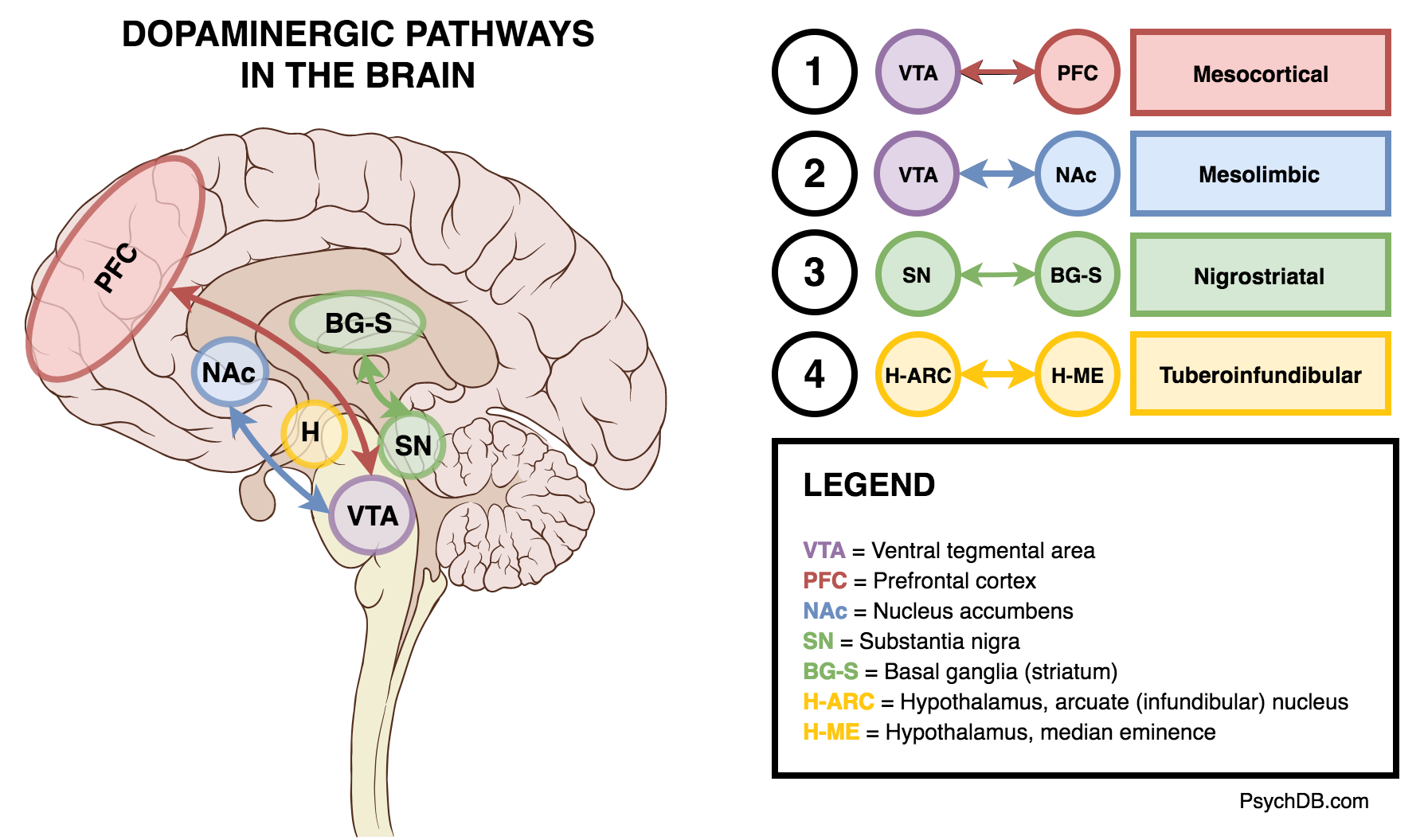
Introduction to Antipsychotics PsychDB
Psychotropic medications are medications that affect the mind, emotions, and behavior. This chapter will review the anatomy and physiology of the central nervous system (CNS) as it relates to mental health disorders and medications and then discuss several classes of psychotropic medications. References 1. DailyMed.

Antipsychotic Drugs Classification, Pharmacology and LongTerm Health
The beliefs that antipsychotic drugs (APDs) are 1) effective only to treat delusions and hallucinations (positive symptoms), 2) that typical and atypical APDs differ only in ability to cause extrapyramidal side effects, and 3) that their efficacy as antipsychotics is due solely to their dopamine D 2 receptor blockade are outmoded concepts that prevent clinicians from achieving optimal clinical.

A Simplified Guide to Antipsychotic Medications Mechanisms of Action
Typical antipsychotics, also known as first-generation antipsychotics (FGAs), are a class of drugs used to treat psychosis. They are separated into two groups, the high potency and low potency typical antipsychotics. Important high potency drugs to know are haloperidol and fluphenazine, while low potency antipsychotics include chlorpromazine.

First Generation AntiPsychotics Mechanisms and Side Effects Calgary
Buy "Memorable Psychopharmacology," "Memorable Psychiatry," and "Memorable Neurology" on Amazon! http://memorablepsych.com/books Antipsychotics are second on.

Typical antipsychotics Video, Anatomy & Definition Osmosis
Antipsychotic medication (antipsychotics) are medicines that can help ease the symptoms of a psychosis. Psychosis is a mental health condition that affects how the brain works. There are different types of antipsychotic medications. Sometimes they cause side effects. Talk with your doctor or mental health nurse about what might work best for you.

Antipsychotic Drug Therapy Osmosis Video Library
In recent years, the atypical antipsychotics or second-generation antipsychotics have become the drugs of choice for acute psychoses. They are "atypical" as they are differentiated from "conventional" or first-generation antipsychotics based on their clinical profile. This activity outlines the indications, mechanism of action, safe administration, adverse effects, contraindications.

Chapter 18 Antipsychotics Drugs and Behavior
Neuroleptics, also known as antipsychotic medications, are used to treat and manage symptoms of many psychiatric disorders. They fall into two classes: first-generation or "typical" antipsychotics and second-generation or "atypical" antipsychotics. Both first and second-generation antipsychotics are used in various neuropsychiatric conditions. These include attention-deficit hyperactivity.

Antipsychotic Agents Toxicology HarwoodNuss' Clinical Practice of
Chol-promazine! (CPZ is low potency antipsychotic) Thioridazone! Getting rid of them pyramidal! (Thioridazone is low potency neuroleptic without EPS) Your moderate - molindone and loxapine! (Molindone and Loxapine are moderate potency antipsychotics) Halo, Hello high potency! (Haloperidol is high potency antipsychotic)
/71261065-clomid-day-Purestock-56a514f35f9b58b7d0dac6aa.jpg)
Treating Psychosis With Typical Antipsychotics
Ace Your Pharmacology Classes and Exams with Picmonic: #1 Visual Mnemonic Study Tool for Medicine (MD/DO) Students. With Picmonic, facts become pictures. We've taken what the science shows - image mnemonics work - but we've boosted the effectiveness by building and associating memorable characters, interesting audio stories, and built-in quizzing.

The major psychotic disorders Medical Pharmacology and Therapeutics, 4e
Visual Learner Studios uses visual mnemonics to teach pharmacology fast and efficiently.Website: http://VisualLearner.net/Facebook: http://www.facebook.com/v.
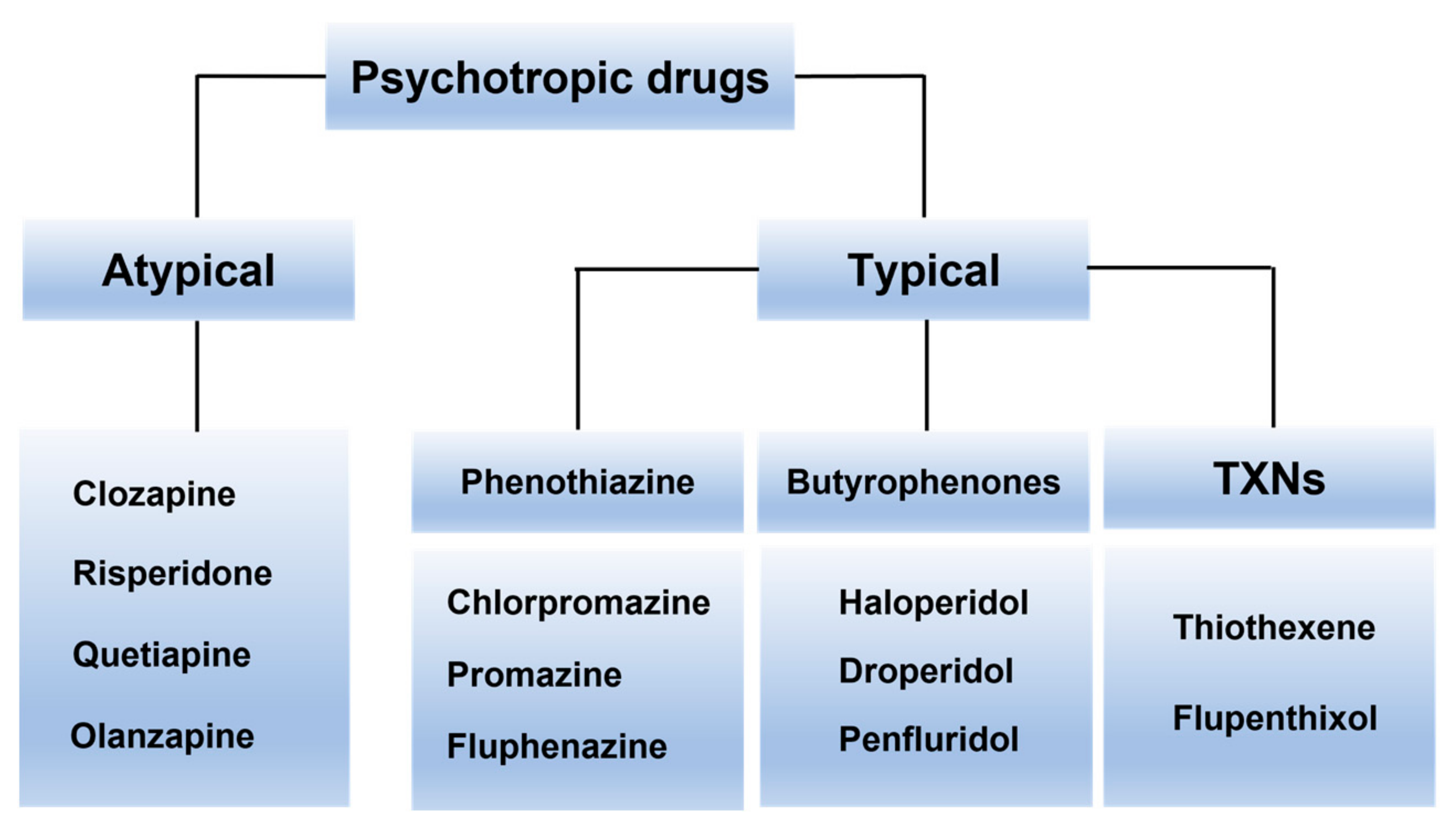
Pharmaceuticals Free FullText Receptors Involved in Mental
Picmonic. Antipsychotic drugs are typically used to treat positive symptoms of schizophrenia, psychosis, Tourette's syndrome and acute episodes of mania. Typical antipsychotics work by blocking Dopamine D 2 receptors, increasing cAMP. These drugs are highly lipid soluble and are stored in body fat, and are removed very slowly from the body.
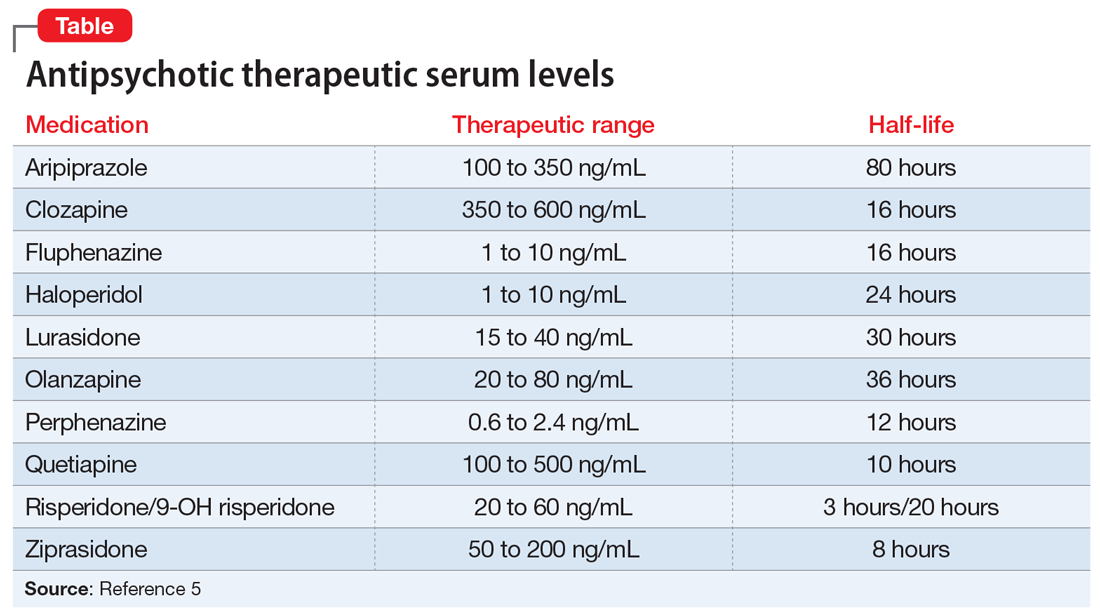
Therapeutic drug monitoring of antipsychotics MDedge Psychiatry
The therapeutic action of an antipsychotic occurs when 65% to 85% of brain dopamine (D2) receptors are occupied. When more than 80% of the dopamine (D2) receptors are occupied, hyperprolactinemia and parkinsonism can result. In addition to percentage occupancy, the duration of time that the antipsychotic drug stays attached to the D2 receptor impacts the degree of extrapyramidal symptoms (EPS).
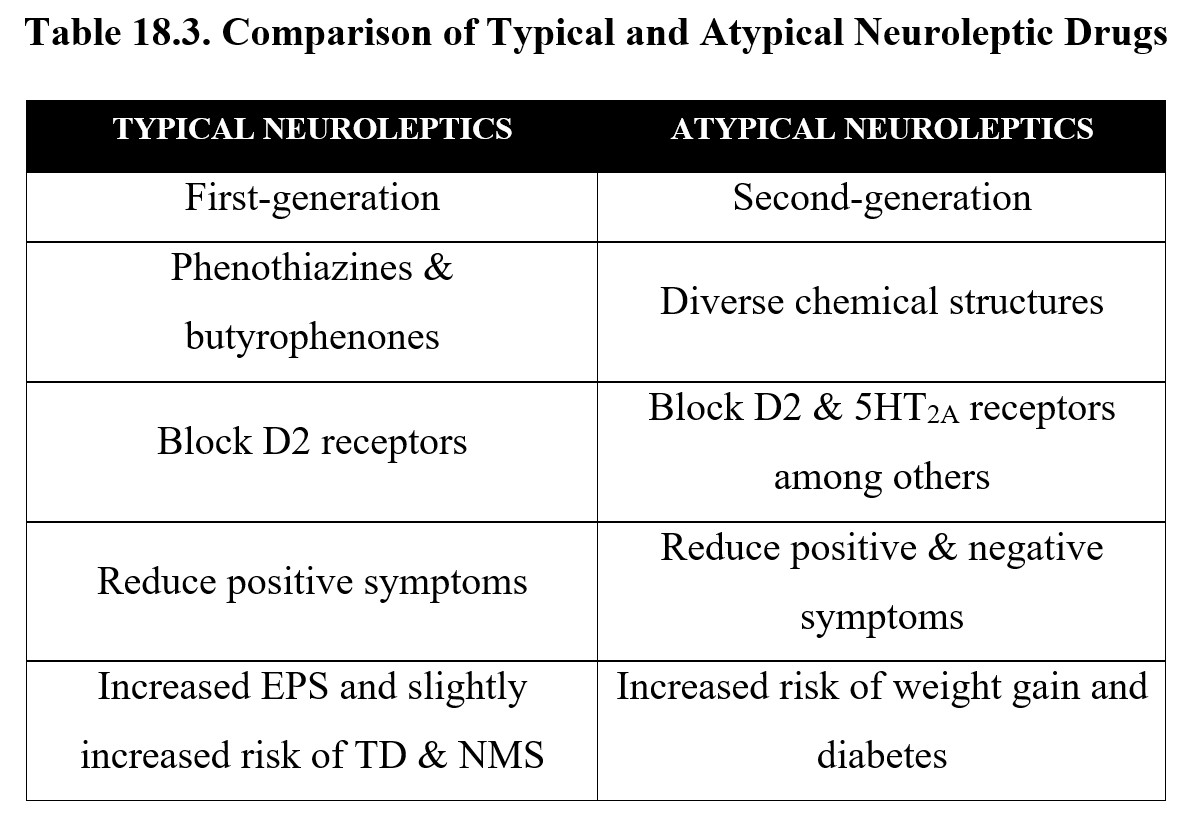
Chapter 18 Antipsychotics Drugs and Behavior
In this video , Dr Anshuman has discussed about the MNEMONICS to easily remember the " Classification of ANTIPSYCHOTIC DRUGS.
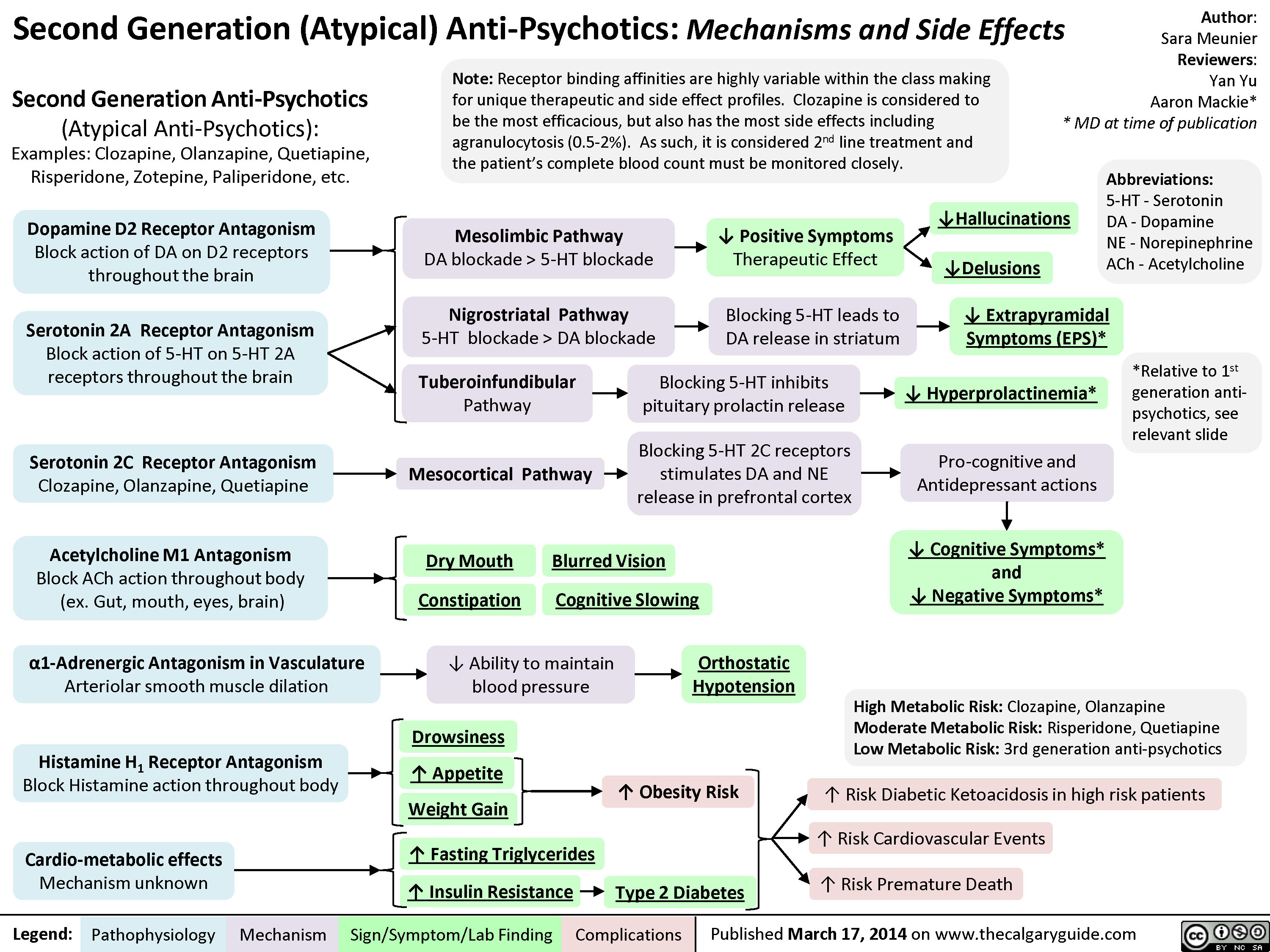
Second Generation Antipsychotics Mechanisms and Side Effects Calgary
Antipsychotics. First-generation antipsychotics (FGAs) are drugs used primarily for the treatment of schizophrenia and related psychotic disorders. The use of FGAs has declined in the last few years, mainly because of an increase in prescriptions of second-generation agents. Since FGAs are considerably less expensive than newer antipsychotics.

Cardiometabolic effects of psychotropic medications
Review Atypical Antipsychotics (vs Typical Antipsychotics) and their mechanism of action. Study this Atypical Antipsychotics mnemonic and other NCLEX mnemoni.